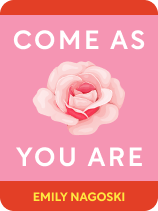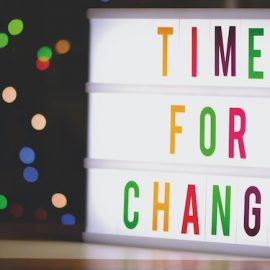

This article is an excerpt from the Shortform book guide to "Come As You Are" by Emily Nagoski. Shortform has the world's best summaries and analyses of books you should be reading.
Like this article? Sign up for a free trial here .
How does modern culture repress female sexuality? What are the effects of sexual shame on women’s psychological well-being?
Sex and sexuality are often associated with shame, especially for women. Women have always been taught to feel ashamed of their sexuality, which negatively affects their mental health.
Here is how sexual shame affects women’s sexual well-being.
Sex and Shame
Shame around female sexuality was around since medieval times. During the medieval period, people even called the female genitalia pudendum (from Latin pudere, “to make ashamed”). The reasoning for this was that women’s genitalia (in contrast to men’s) appear hidden inside the body, as if women are trying to conceal something they’re ashamed of.
(Shortform note: Although Nagoski points to the medieval period as the first time people named women’s genitals pudendum, the term itself actually dates back to first-century Roman writers. Originally, the word was used to refer to any person or animal’s genitalia, regardless of sex. It was only later that people narrowed the meaning of pudendum to just women’s genitals.)
In reality, the female genitalia aren’t “hidden” at all. Nagoski tells us that instead, the various parts have different sizes and locations from their male counterparts due to biological reasons. Assigning such a negative name to women’s genitalia not only points to a lack of biological understanding, but it also perpetuates the idea that there’s something fundamentally wrong with their genitalia. If there wasn’t, why else would women try to hide them?
Nagoski explains that although modern culture doesn’t suggest that women are hiding something disgraceful in a literal sense, the idea that women’s genitalia is somehow shameful remains prominent in the way both men and women feel and talk about female sexuality. For example, both sexes shame women when their clothing inadvertently (and often unavoidably) accentuates the shape of their vulva—what is commonly known as a “camel toe.”
Shame’s Effect on Women’s Health
While Nagoski addresses the fact that (unfair and unwarranted) feelings of shame toward women’s genitalia remain prominent in our modern society, she doesn’t specify how these negative feelings affect the health and well-being of women.
In many cases, sexual shame prevents women from not only understanding their bodies but also seeking the care they need. For example, according to one 2014 survey, as many as one-third of young women avoided going to the doctor for gynecological issues out of embarrassment. Additionally, less than half of women felt that they were well informed about gynecological health, and many were unable to correctly identify the basic parts of their anatomy using a diagram.
Overall, these statistics demonstrate that the effects of shame are both psychological and physical, as they have the potential to put women’s gynecological health at risk.

———End of Preview———
Like what you just read? Read the rest of the world's best book summary and analysis of Emily Nagoski's "Come As You Are" at Shortform .
Here's what you'll find in our full Come As You Are summary :
- Why women should change the way they talk, think, and feel about their sexuality
- A look at the misinformation and harmful cultural messaging surrounding sex
- A discussion around the individual experiences of arousal, desire, and orgasm






